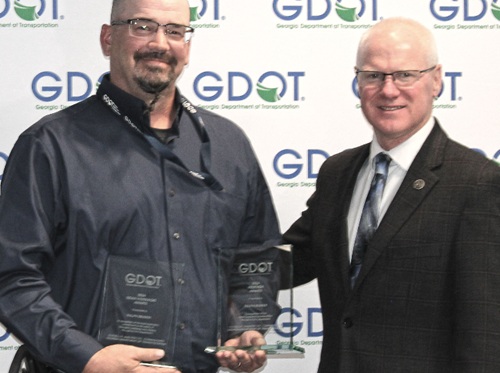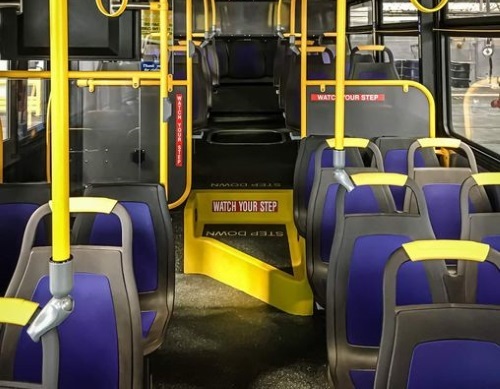The Maryland Department of Transportation and its regional partners – Baltimore City, Baltimore County, and Howard County – recently finalized of the first phase of a feasibility study for the development of an East-West Transit Corridor for the region.
[Above photo by the Maryland DOT]
Spearheaded by the Maryland Transit Administration – a division of the Maryland DOT – this feasibility study is part of a 25-year Regional Transit Plan or RTP released in October 2020 that seeks to improve public transportation in Central Maryland.

The East-West Transit Corridor study area includes Essex, Bayview, Downtown Baltimore, West Baltimore, Woodlawn, and Ellicott City and included a “market analysis” of travel patterns, transit ridership, land use patterns, and market conditions. Travel modes considered included heavy rail, light rail, and bus rapid transit or BRT services.
The East-West Transit Corridor study is one of several elements implemented under the RTP, which aims to increase equitable access to jobs and opportunities across the region through the implementation of new transportation services.
The study took a “fresh look” at prioritizing equity while establishing regional connections extending from Howard County through Baltimore City to Baltimore County, MTA noted.

The study also compares each transit mode using numerous measures of effectiveness, including: reliability, travel time, type of guideway, ridership, access to households, students’ needs, future jobs potential, equity, cost risk and implementation time.
The wide variety of measures allows stakeholders – who have until August 1 to comment on the study – an easy and effective way to compare the various strengths and weaknesses of each alternative.
“Completion of the feasibility study’s first phase is a significant step in the advancement of [our] mission to provide safe, efficient and equitable transit to the residents of the region,” said MTA Administrator Holly Arnold in a statement.
 States
States
Georgia DOT Foreman Receives Two Heroism Awards
January 2, 2026 States
States

